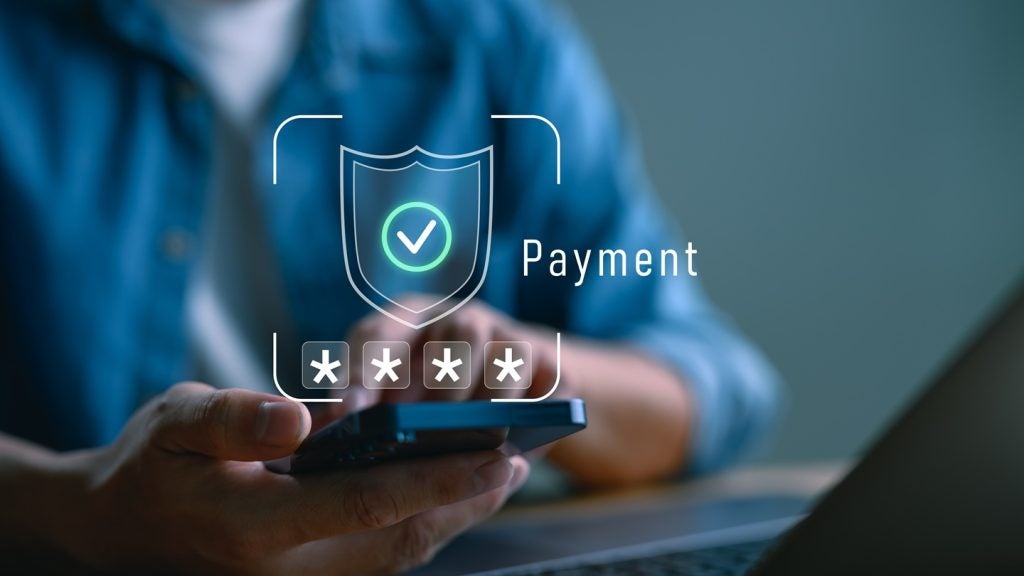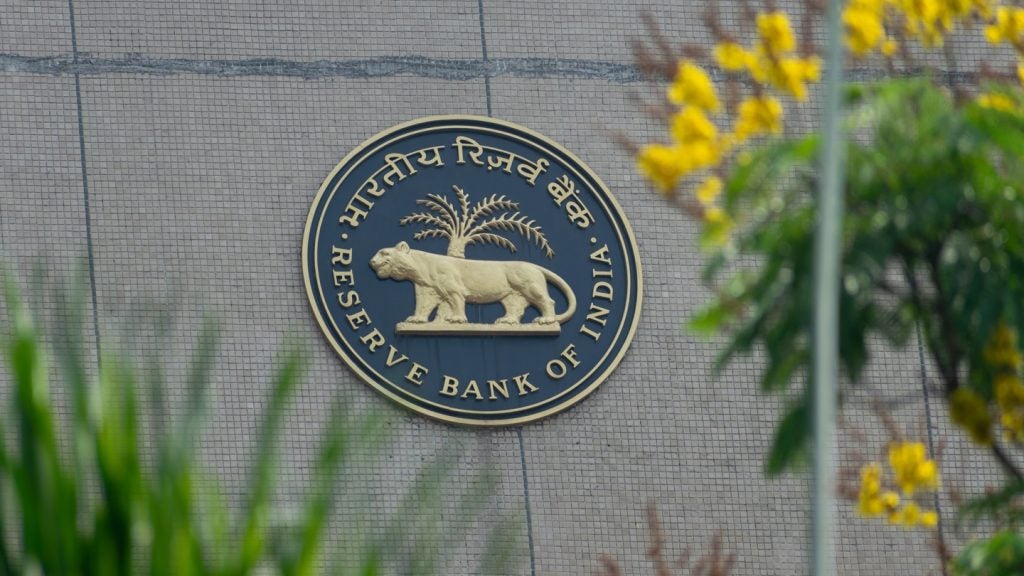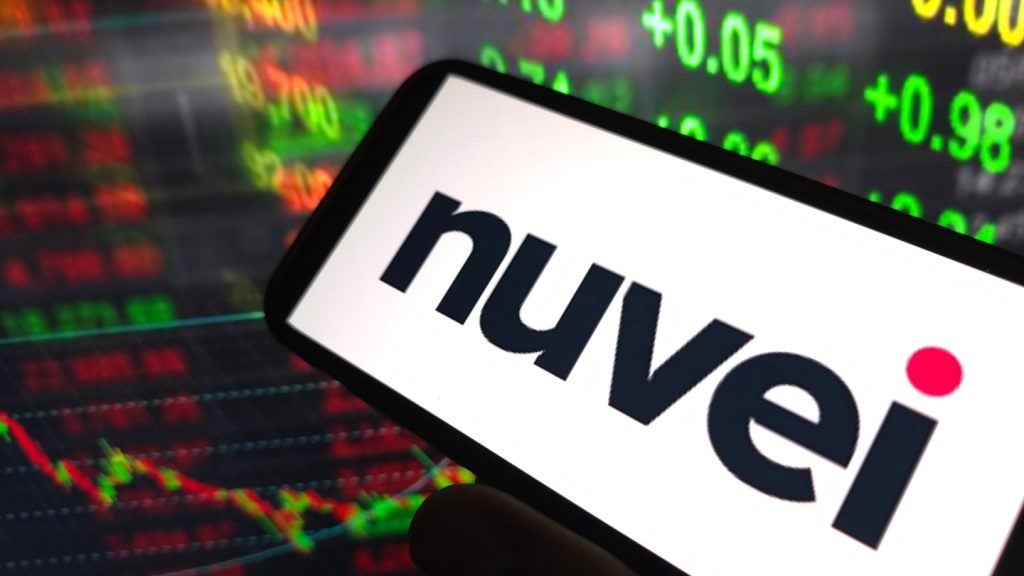Treasury and cash management have steadily evolved; reflecting fundamental shifts in how businesses and banks manage liquidity in a complex, fast-moving environment. Corporates need to see their cash positions instantly. Liquidity has to be managed continuously. Systems have to be reliable and able to grow with demand. Legacy infrastructure just can’t keep up. This has made clear the need for cloud-based platforms. And now we see tokenisation is beginning to play a critical role in security and operational efficiency, offering a secure pathway to smoother, more transparent liquidity management.
Cash management needs have evolved
In treasury and liquidity management, timing is everything. The financial crisis and the pandemic each underscored vulnerabilities in traditional treasury operations. Corporates want clear, real-time visibility into their cash positions. They expect payments and collections processes to be seamless and secure. Platforms like Bank of America’s CashPro provide a good example of this evolution. The platform enables treasurers to manage operations from any location and across multiple channels. CashPro processed over $1tn in payments approvals in 2024. The platform now includes features like biometric QR logins and AI-based cash forecasting, showing how banks are making operational capabilities easier, faster, and more reliable for corporate clients. Another example is Royal Bank of Canada’s RBC Clear. Built on cloud-native, API-first technologies, the product reduced onboarding for corporates from 30-60 days to just one and offers near real time status on payments.
The shift to real-time payments
Real-time payments infrastructure, including FedNow and The Clearing House’s RTP network has become pivotal for treasury management. These systems operate 24/7, unlike older ACH or wire transfers that are restricted by cut-off times and delays. What this means for treasurers is immediate availability of funds and continuous liquidity management.
What corporates get from real-time cash management is pretty clear and practical. They can see their cash flow immediately, which means decisions don’t have to wait for end-of-day reports or outdated information. That visibility helps them manage their working capital more tightly, which reduces the need to hold excess liquidity just as a cushion. And when they base their forecasts on live, accurate transaction data rather than estimates, their financial planning becomes more precise. It’s about giving treasury teams the tools to act quickly and confidently, without second-guessing where the money is or what’s coming next.
Operational resiliency also goes hand in hand with real-time demand. Treasury teams cannot afford downtime; liquidity management operates globally and must keep pace with markets and counterparties across time zones. This means platforms must not only be fast but also reliable, with failover mechanisms, robust security, and ongoing availability. That’s where cloud comes in.
Major institutions such as BNY Mellon and Citi have upgraded their core payment systems onto cloud platforms to maximise these advantages and support resilient, global, around-the-clock operations.

US Tariffs are shifting - will you react or anticipate?
Don’t let policy changes catch you off guard. Stay proactive with real-time data and expert analysis.
By GlobalDataCloud as a foundation for modern treasury
Cloud technology is no longer optional. Banks need systems that scale efficiently, recover quickly in outages, and securely handle vast amounts of data. Cloud-native platforms allow integration across banks, ERPs, payment systems, and fintech ecosystems through APIs. This integration creates unified, transparent visibility into liquidity and risk, a key measure for any treasury team.
Modern payments infrastructure means handling both high-value and low-value transactions efficiently — on the same unified platform. Cloud-native platforms give banks the ability to do this seamlessly. Consolidating multiple legacy systems into one reduces complexity and lowers costs related to maintenance and integration.
With cloud-powered real-time payments, corporates see tangible improvements that matter day to day. Settlements happen faster, so liquidity updates hit their accounts immediately. Cash forecasting and reconciliation become more accurate and automated, freeing their treasury teams from manual work and reducing the chance of errors. Security features embedded in these platforms actively monitor transactions, helping to lower fraud and risk.
Corporate clients with real-time liquidity visibility can better optimize cash usage, keeping minimal idle balances and cutting unnecessary liquidity costs. While for banks, cloud platforms don’t just provide a technology upgrade; they form the foundation for advanced services like predictive analytics and integration across treasury products. This gives corporate clients a more complete, data-driven picture of their cash and risk position, supporting smarter financial decisions and stronger resilience.
Moving beyond traditional offerings, banks can now open new revenue streams through embedded finance services and API monetisation, and they can innovate their products more rapidly.
Tokenisation: Addressing security and efficiency needs
As treasury evolves toward open, API-driven, and cloud-based ecosystems, security becomes increasingly critical. Tokenisation addresses this by substituting sensitive payment and account data with randomly generated tokens that are meaningless to fraudsters. This method significantly reduces the risks associated with data breaches and fraud.
Beyond simply improving security, tokenisation brings real benefits to treasury and liquidity operations. It creates immutable and auditable records of cash movements, which makes compliance and reporting easier and more reliable. Tokenisation also supports programmable liquidity management, allowing smart contracts or automated systems to adjust funding dynamically based on real-time conditions. This helps treasury teams act faster and more precisely.
It facilitates cross-border transactions by smoothing over interoperability challenges and reducing settlement friction, making international liquidity management more efficient. Tokenisation also enables embedded finance models, where payment functions and liquidity controls are integrated directly into clients’ applications or platforms, enhancing automation and ease of use.
You’ll see banks like J.P. Morgan leveraging tokenisation extensively across their liquidity pools, using blockchain and distributed ledger technology to increase transparency and accelerate settlement times. Citi has also incorporated tokenisation in their treasury solutions to strengthen 24/7, secure services that reduce counterparty risks. Simply put, tokenisation isn’t just about protecting data — it’s about making treasury operations more responsive, efficient, and scalable.
Tying it all together
Real-time payments, cloud platforms, and tokenisation are not separate initiatives — they’re part of an integrated approach to modern treasury management. Corporates need systems that allow liquidity to be seen and managed instantly, securely, and from anywhere. And banks need to provide these capabilities with operational resilience and transparency.
The digital tools and platforms that meet these demands are already here and evolving. The key now is smart adoption and ongoing investment in infrastructure that improves efficiency while mitigating risk.
The businesses and banks that approach this pragmatically, focusing on operational effectiveness and trusted partnerships, will be the ones that navigate changes best over the coming decade.
Vivek Dwivedi, VP & Regional Head of Cards and Payments, Financial Services at Infosys









